Insulation Tips
Why Do We Need Reflective Insulation?
The vast majority of materials that go into building a house are highly conducive to heat transfer. That is to say they are inherently poor insulators. Think about the materials that you know go into building a new house: bricks, timber, glass, metal, plaster, floorboards and of course roof tiles. Australian roofs are typically capped with either metal sheets or ceramic roof tiles. While most materials will to some extent be able to block or reduce external heat from penetrating the building, materials such as metal, stone and concrete are among the worst insulators. These materials are particularly prone to quickly absorbing heat energy from the sun and, once heated up, a ceaseless transfer of radiant heat down into the roof space commences.
When it comes to creating an energy-efficient home, choosing the right insulation material is critical. Among the various options available, reflective insulation often stands out for its unique features and functionality. However, like any other material, it has its strengths and drawbacks. Today we will explore the pros and cons of reflective insulation to help you decide whether this type of insulation is right for your project.
What is reflective insulation and how does it work?
Reflective insulation is a unique type of insulation material that leverages the principle of thermal radiation to prevent heat transfer. Unlike other forms of insulation that slow down the conduction and convection of heat, reflective insulation effectively reduces radiant heat gain. This type of insulation consists of a highly reflective material, typically aluminium foil, which is applied to one or both sides of a variety of substrate materials. The reflective surface acts like a mirror, bouncing off radiant heat rather than absorbing it, making this insulation type especially useful in warm to hot climates where the majority of heat gain comes from sunlight.
The Benefits of Reflective Insulation
Of course, thermal bulk insulation installed between the ceiling joists goes a long way in reducing the extent to which the heat is felt by the building occupants. Reflective insulation is specifically designed to counter this at the earliest possible point, i.e. the source of the heat, which in this case is the roof tiles being heated up by the sun.
Reflective insulation is also commonly referred to as roof sarking. For reflective insulation to be effective there needs to be an airgap (2-3cm is considered ideal) between the insulating material and the source of radiant heat. This principal is not difficult to understand. Consider, for example a hot dish of food coming out of a hot oven and being placed on the bench. It is then wrapped with a reflective foil. If the foil comes into contact with the hot food underneath, it will quickly become hot to touch. This is because there is no air gap. On the other hand, if the foil is placed slightly above the hot food it will remain much cooler to touch. The reflective insulation stops the radiant heat in its tracks, effectively bouncing it back towards the source of the heat.
Greater Energy Efficiency
The primary purpose of any insulation is to maintain a comfortable temperature within the home and reduce the need for artificial heating and cooling. Reflective insulation excels in this area by reflecting radiant heat, thus reducing the amount of heat that enters (in summer) or leaves (in winter) your home. This can lead to significant energy savings and lower energy bills.
Versatility
Reflective insulation can be used in a variety of areas in a house. It is often used in attics, walls and floors, but it can also be used in unconventional spaces like garages or sheds. If you are looking to insulate your shed, make sure to check out our range of shed insulation.
Durability
Reflective insulation is typically made from aluminium foil, which is resistant to moisture and corrosion. This increases the lifespan of the insulation and makes it a durable choice in humid or harsh environments.
Reduced condensation
The use of reflective insulation can help reduce condensation in homes, especially in areas with high humidity levels. This can contribute to a healthier indoor environment and prevent problems associated with dampness and mould.
Cons of reflective insulation
Limited effectiveness in cold climates
Reflective insulation primarily works by reflecting radiant heat away, making it particularly effective in hot climates. In colder climates, where retaining heat is more crucial than reflecting it away, reflective insulation might not be the most efficient choice. Insulation materials that are better at trapping heat, like fibreglass insulation or foam insulation, might be more appropriate in these situations.
Not a complete solution
Reflective insulation primarily addresses radiant heat transfer and is less effective at reducing conduction and convection, the other two methods of heat transfer. For the most energy-efficient home, a comprehensive approach that includes other types of insulation may be necessary. We recommend combining reflective insulation with bulk insulation, such as Earthwool, for maximum effect.
Install roof insulation
Properly installed reflective roof insulation increases the overall performance R-value and has the additional benefit of keeping the temperature of the roof cavity itself a lot cooler, something that is particularly relevant if the roof space is regularly accessed through storage.
Installing reflective insulation
When installing reflective insulation, there are several considerations to keep in mind and tips that can help ensure you get the maximum benefit from this type of insulation.
- Proper installation: one of the most critical aspects of working with reflective insulation is installing it correctly. It needs an air gap of at least 25mm adjacent to the reflective surface to perform at its optimum. This is because reflective insulation works by bouncing heat back to its source, and it can only do this effectively with the proper amount of space.
- Sealing seams: to get the best performance out of your reflective insulation, you will want to make sure all seams are sealed. This can be achieved using reflective aluminium foil tape or similar products. This will prevent air leakage and improve the overall effectiveness of the insulation.
- Safety measures: working with reflective insulation is generally safe, but the shiny surface can be quite bright and potentially dazzling. Consider wearing safety goggles to protect your eyes, especially if you are working in a well-lit area or outdoors.
- Consider the climate: reflective insulation works best in hot climates where radiant heat is a significant factor.
- Consider using bulk insulation: We recommend installing reflective insulation in conjunction with insulation batts, to maximise your energy savings.
- Placement: reflective insulation is particularly effective when installed in spaces that experience high levels of radiant heat, such as attics, metal buildings and garages. It can also be used in walls and roofing systems.
For a step-by-step guide on how to install roof insulation, read this blog which also includes a tutorial video.
Shop for premium insulation online
At Pricewise Insulation, we pride ourselves on supplying the best insulation products and brands on the market. Whether you need roof, ceiling or attic insulation, you can find the right solution on our online store. Explore our range of reflective insulation and get it delivered to your address or choose to pick it up from one of our many warehouses.
Contact us for any additional information, pricing or for help selecting the best insulation for your project. One of our friendly staff will be happy to assist you!



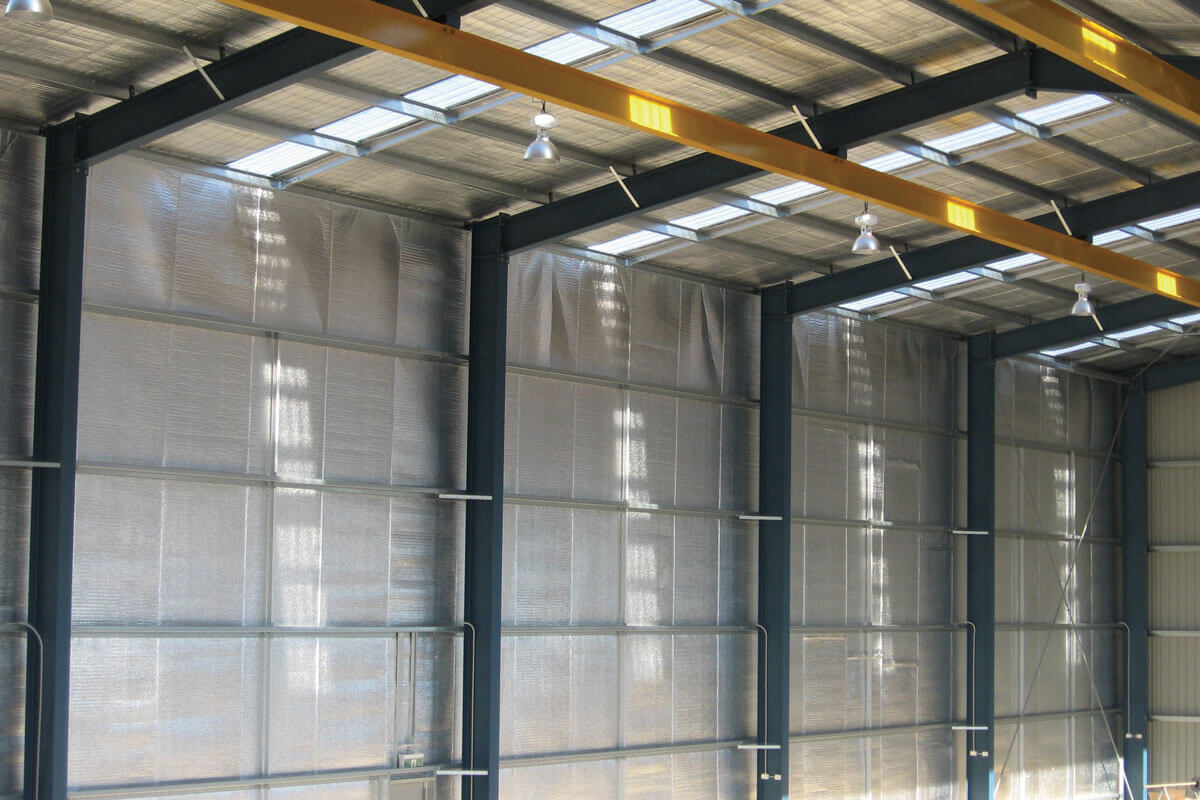
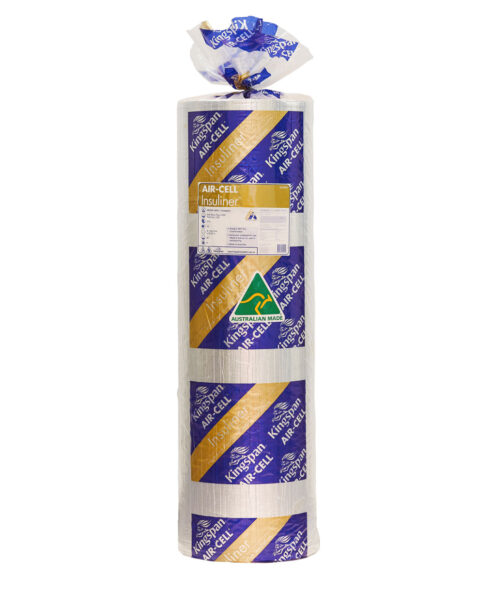
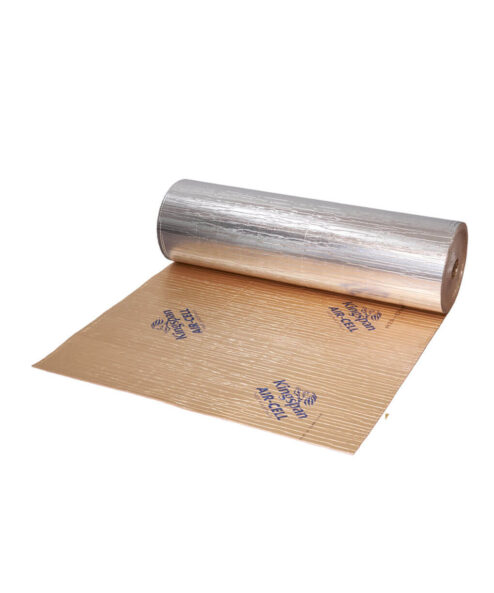
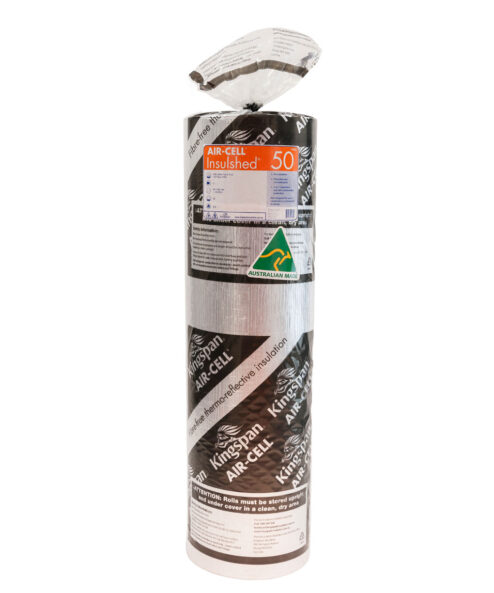
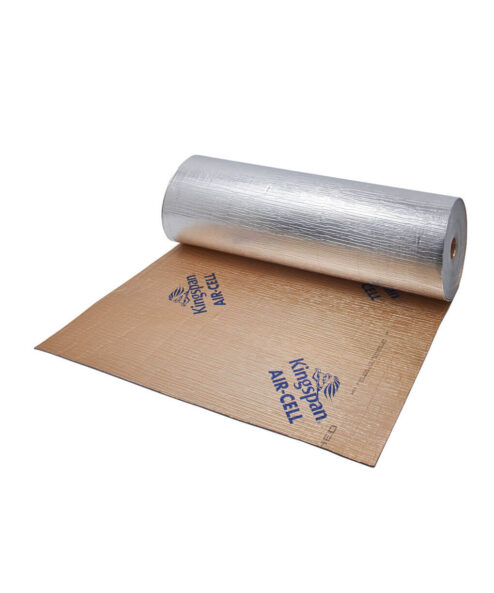
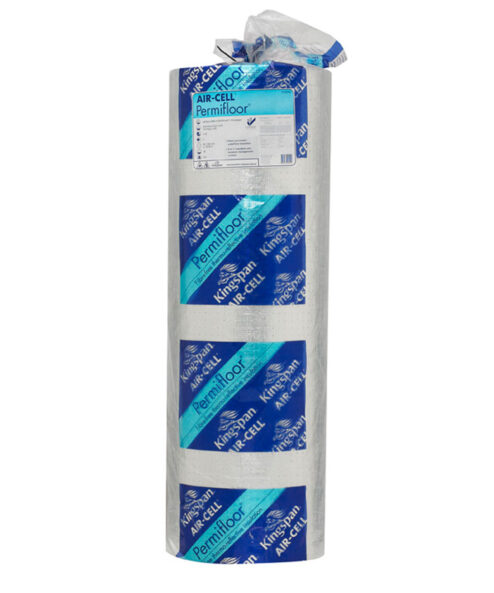
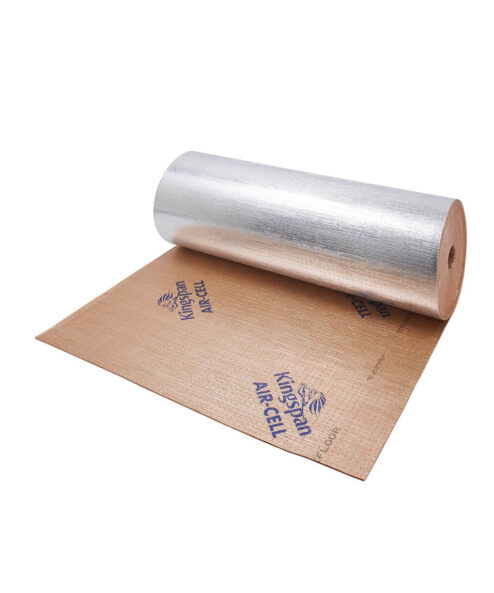
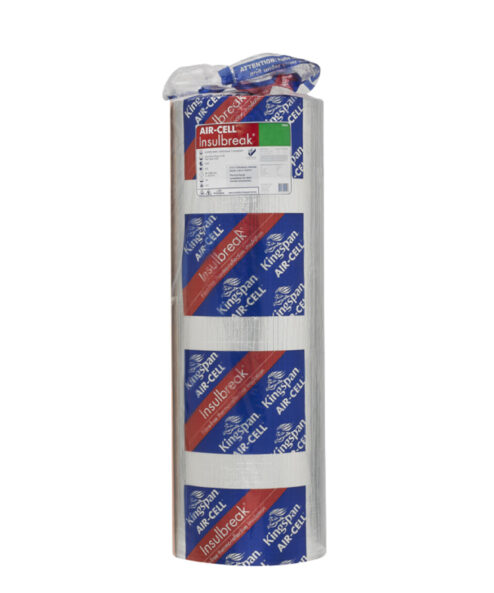
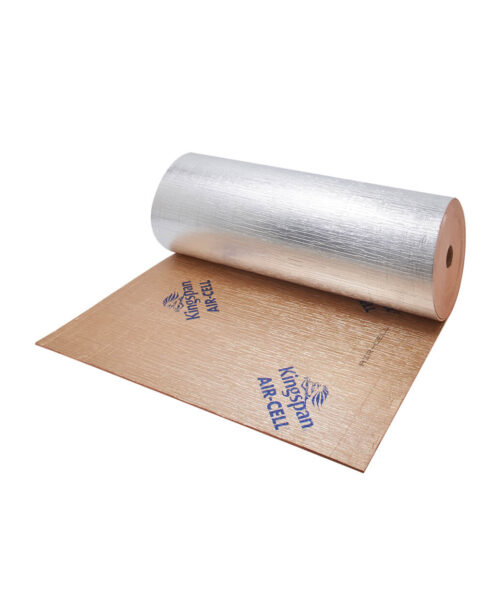
the great information mentioned very usefully for me. thank you for sharing Us.